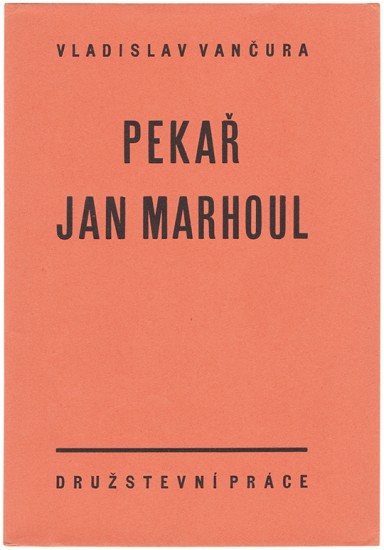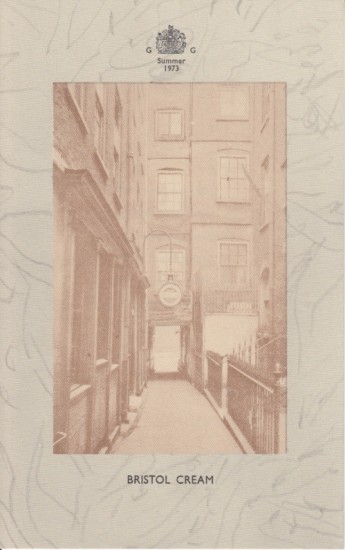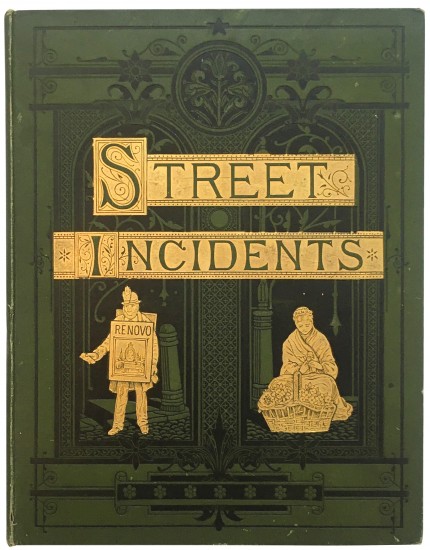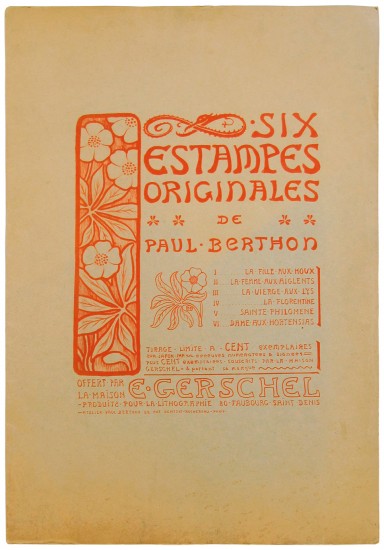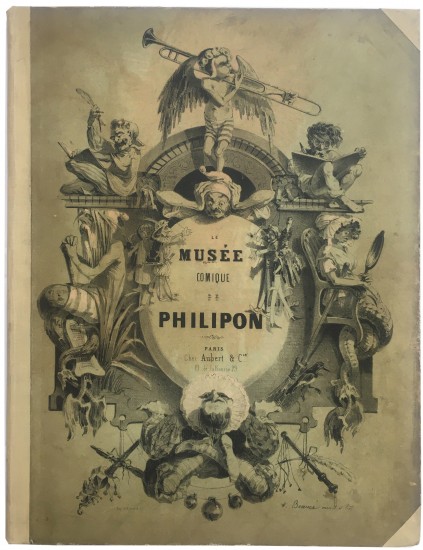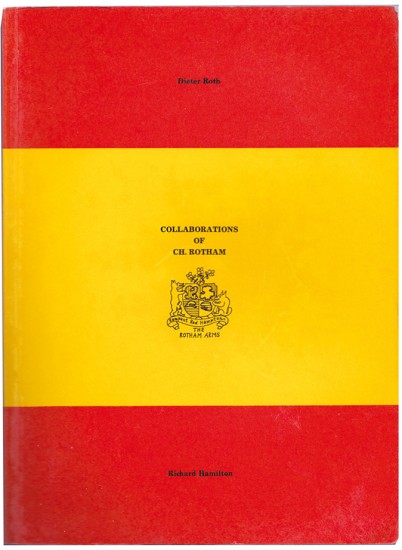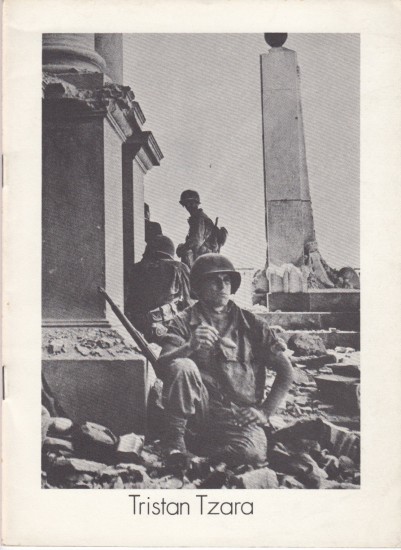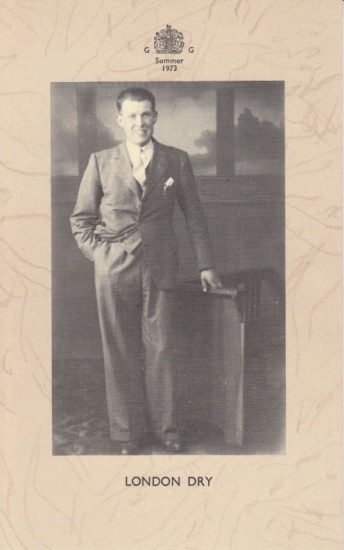Pekar Jan Marhoul. Román
Toyen. Vancura, Vladislav
Prague. Družstevní práce. 1929
Sold
A very fine copy, unopened, uncut and unassembled, of Vladislav Vancura's first novel illustrated by Toyen.
From the edition limited to 1040 copies, with this one of 50 from the édition de tête on French laid paper, numbered on the colophon and signed by Vancura in black ink to the title.
The fourth edition of Vladislav Vancura's immensely popular first novel, 'Pekar Jan Marhoul' is the book that made him famous. First published in 1924, 'Pekar Jan Marhoul' was Vancura's third published book after two collections of short stories. The novel recounts the story of the baker Jan Marhoul and the Quixotesque vicissitudes and tragedies that attend him despite his hard work and forbearance.
This copy, unbound, unopened and unassembled - the nine gatherings of the book are loose and unsewn - gives an intriguing insight into the manner of the book's publication. It is clear that the publisher's intention - at least for the 50 copies of the édition de tête - was that those who purchased copies of the book would have them bound themselves.
The book was very popular after its initial publication in 1924, a second edition of 1925 and a third edition (also of 1929) were issued with wrappers - different for each edition - designed by Karel Teige.
From the edition limited to 1040 copies, with this one of 50 from the édition de tête on French laid paper, numbered on the colophon and signed by Vancura in black ink to the title.
The fourth edition of Vladislav Vancura's immensely popular first novel, 'Pekar Jan Marhoul' is the book that made him famous. First published in 1924, 'Pekar Jan Marhoul' was Vancura's third published book after two collections of short stories. The novel recounts the story of the baker Jan Marhoul and the Quixotesque vicissitudes and tragedies that attend him despite his hard work and forbearance.
This copy, unbound, unopened and unassembled - the nine gatherings of the book are loose and unsewn - gives an intriguing insight into the manner of the book's publication. It is clear that the publisher's intention - at least for the 50 copies of the édition de tête - was that those who purchased copies of the book would have them bound themselves.
The book was very popular after its initial publication in 1924, a second edition of 1925 and a third edition (also of 1929) were issued with wrappers - different for each edition - designed by Karel Teige.
[70 leaves of laid paper + inserted leaf of different stock; pp. 134, (i), (i)]. 8vo. (196 x 138 mm). Leaf with publisher's vignette, inserted leaf of orange paper with title in black (publisher's cover wrapper?), printed title in red and black with vignette b Toyen and signed in black ink by Vancura, frontispiece by Toyen and Vancura's text illustrated with 4 full-page plates and five tail-pieces, all reproductions after drawings by Toyen, final leaf with justification. Loose as issued, unbound gatherings in tan paper wrapper, marbled paper-covered board slipcase, paper label with title to spine.
#45434
